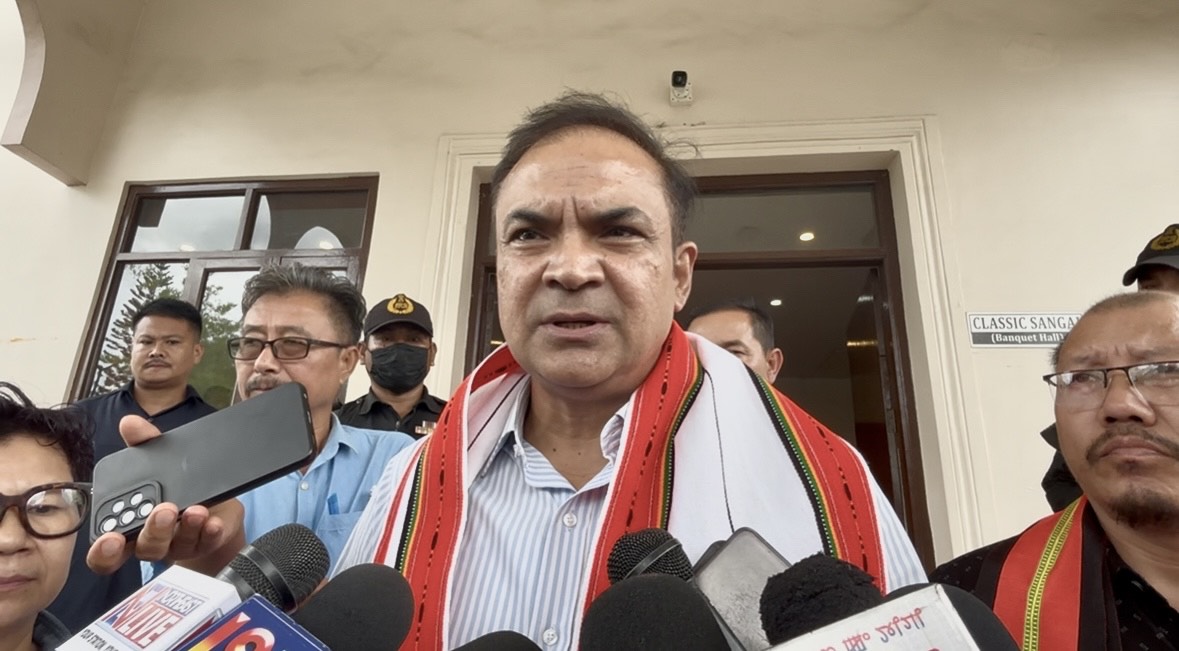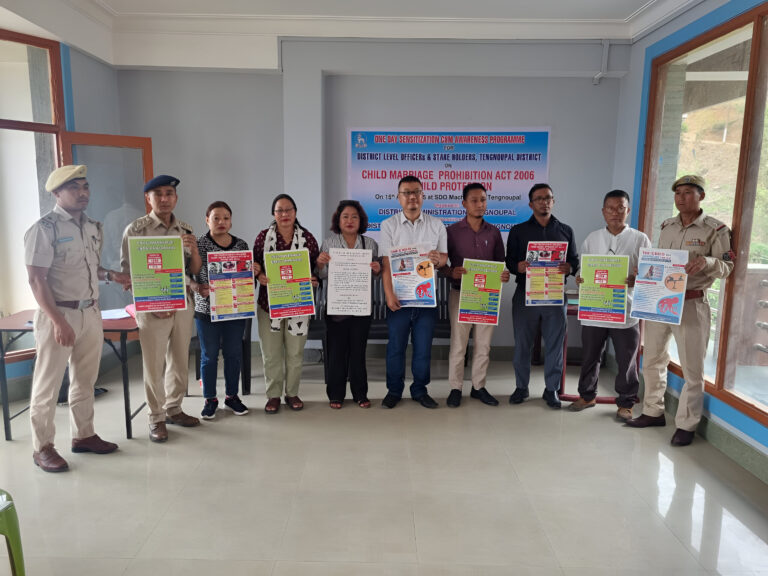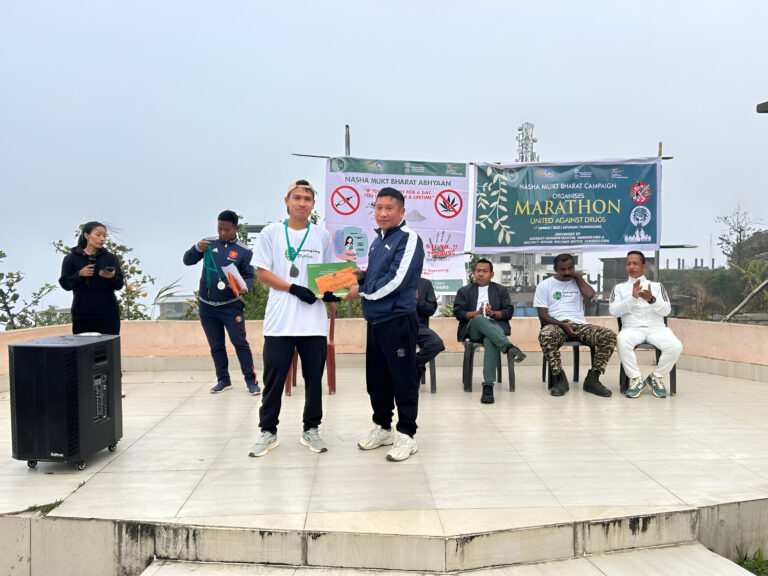Bringing Peace Home: Manipur Chief Secretary Roadmap to Resettle IDPs by December 2025
Short Summary of the News
Manipur Chief Secretary Prashant Kumar Singh has announced that peace is gradually returning to the state and launched a three-phase plan to resettle approximately 57,000 internally displaced persons (IDPs) by December 2025. The first phase begins in July, followed by further relocations in October and December. The state will aid families who lost homes with grants, and for those unable to return, prefabricated housing will be provided. All relief camps are expected to close by year-end.
1. Why This Matters: A Future Built on Stability
Think back to a chaotic period when entire communities were uprooted. Roads blocked, houses burned, and families forced into camps. Now, imagine them returning—home-cooked meals, kids back in familiar classrooms, fields buzzing with tractors again. That’s not just heartwarming—it’s healing, socially, economically, and emotionally.
Manipur’s resettlement push isn’t just administrative—it symbolizes hope. It says: “We believe in normal life again.” And in a region still healing, that’s a massive deal.
2. What Happened: The Big Picture
Chief Secretary Prashant Kumar Singh revealed:
- Peace is returning, and farming has begun on both sides of previously divided communities.
- Three-phase resettlement:
- Phase 1 (July): Immediate return for willing families.
- Phase 2 (October)
- Phase 3 (December)
- Gradual reduction from 62,000 to ~57,000 IDPs.
- Help for rebuilding:
- Houses fully destroyed (~8,000): ₹3.03 lakh assistance.
- Dilapidated homes (~7,000): monetary aid.
- For those unable to return (e.g., from Moreh, Kangpokpi, Churachandpur): prefabricated housing (~1,000 units + additional).
- Ending relief camps by December 2025.
3. The Humanity Behind the Numbers
For those displaced, it’s more than figures:
- Rebuilding Homes means rebuilding lives.
- Returning Families means children back in schools, neighbors reconnecting, local markets reviving.
- Prefabricated Homes offer breathing space where permanent solutions lag.
- Closing Camps by December marks a milestone: camps don’t last forever, and neither do crises.
4. The Three-Phase Resettlement Plan
Phase 1 – July 2025
For those with ready-to-return homes—seen as “low-risk”:
- Immediate assessment and permission
- Transport and logistical support
Phase 2 – October 2025
Families whose homes need simple repairs or are on hold:
- Post-monsoon better for rebuilding
- Repair funds disbursed ahead
Phase 3 – December 2025
Those needing major reconstruction or safety clearances:
- Prefab shelters in place for vulnerable families by then
- Ensures nobody is left behind before relief camps close
5. Financial Boosts to Rebuild Lives
- ₹3.03 lakh per destroyed house: enough to rebuild a basic rural home.
- Assistance to restore dilapidated houses: flexible cash for renovation, plumbing, roofs, walls.
- Prefab homes: temporary relief for those with deep safety concerns or land issues.
This mix of cash and shelter blends speed with sensitivity.
6. Prefab Housing: A Bridge to Permanent Homes
Prefab homes—kitted, quality-checked units—are quick to set up. They:
- Give privacy and dignity
- Are safer than crowded camps
- Provide stopgap shelter while long-term housing gets planned
Building 1,000 homes shows intent. And they’re ready if rebuilding lags.
7. Peace on the Ground: Good Signs, But Still Fragile
State leaders say:
- Farmers now share water, fields—clear signs of harmony returning.
- “One or two incidents” might occur, but overall stability is increasing.
- Central and state, together with CSOs and leaders, are coordinating for safe returns.
That’s progress, but continued local engagement is vital to avoid relapse.
Conclusion: A Year to Rebuild, Not Just Return
Coming home is about more than structures. It’s about dignity, normalcy, relationships, dreams. Manipur isn’t just relocating people—it’s trying to stitch back a torn society.
By December 2025, the goal is clear: no camps, stable shelters, schools open, markets busy, kids laughing again. But to make it real, financial aid, prefab homes, documentation help, and livelihood opportunities must reach every family.
This is more than policy—it’s humanity in action.
Frequently Asked Questions
- Who is eligible for the three-phase resettlement?
All IDPs in relief camps, prioritized by safety and home reconstruction readiness. - What support is provided for destroyed homes?
₹3.03 lakh for full rebuild and smaller grants for repairs if structure is dilapidated. - Where will those who can’t return go?
Prefabricated houses built near existing camps, especially for families from vulnerable areas. - How will documentation issues be resolved?
The government plans mobile camps to help retrieve/begin documentation like birth certificates and domicile proof. - What about job support and education?
Local committees are pushing for vocational training, job linkages, and camp-based classes for children to ensure normalcy.





